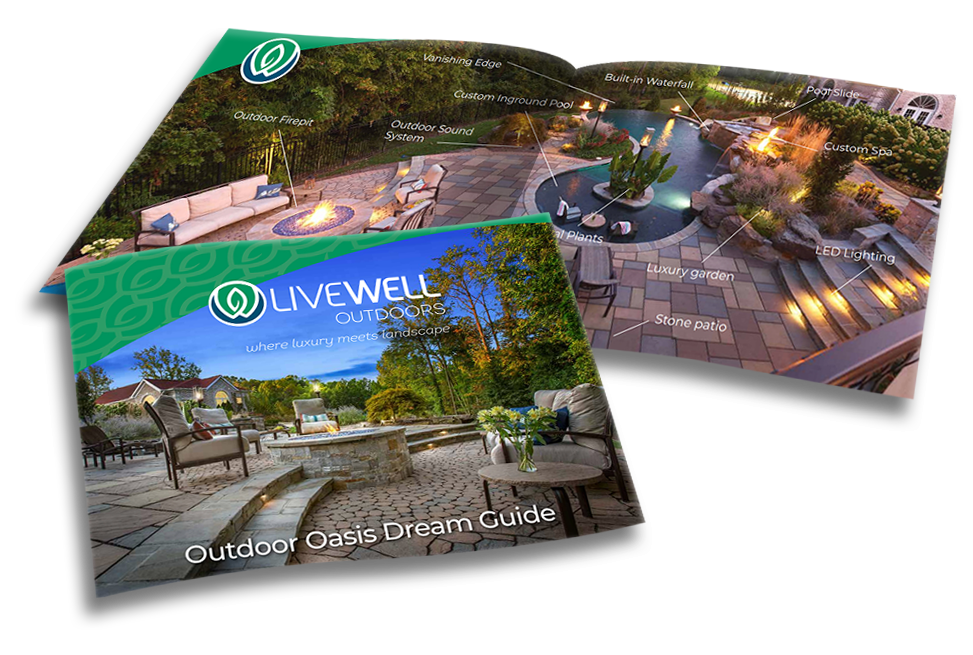
Fall's in the air, and you know what that means–-it's time to get our hands dirty! As the leaves start to turn, our gardens are calling for a little TLC before winter kicks in. Trust us, your spring self will thank you for putting in the work now.
Our favorite DIY fall gardening projects? Laying down garden paths and building raised beds that'll make your neighbors jealous.
By the time we're done, you'll have a garden that's easier to navigate (goodbye, muddy shoes!) and ready to grow a bounty of veggies come spring, all while you reap the mental and physical benefits of gardening.
Your yard's about to get a glow-up, and you’ll feel pretty good, too.
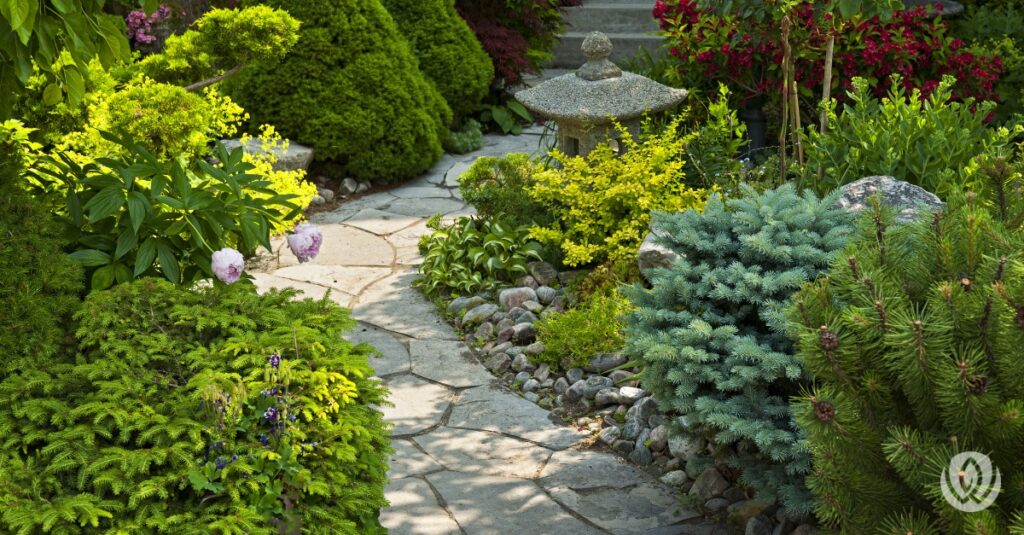
Fall is the ideal time to lay down garden paths and walkways. The cooler temperatures make working outside more comfortable, and the soil is still warm enough to work with.
A well-planned path can transform the aesthetics of your garden, making it more accessible and inviting year-round, even when winter arrives.
Materials You’ll Need:
Begin by deciding where you want your path to go. Consider the natural flow of your garden and how you move through it. Mark the outline of your path using spray paint or stakes and string.
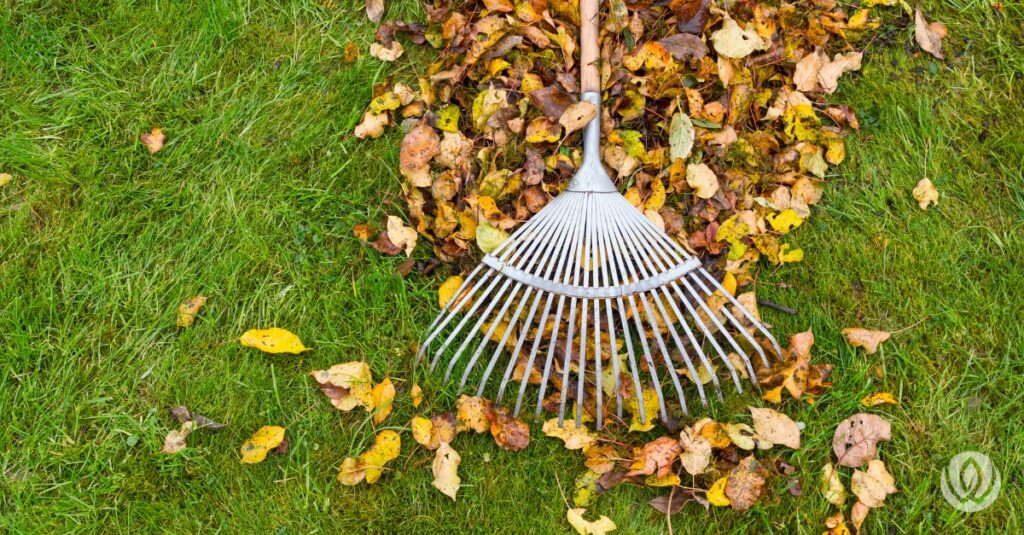
Excavate the area within the path’s outline to a depth of about 4-6 inches. Remove any roots, rocks, or debris, and ensure the base is level.
Spread a layer of landscape fabric over the excavated area to prevent weeds from growing through your path. Next, add a 2-3 inch layer of gravel or sand and compact it using a tamper. This base will provide a stable foundation for your path.
Start laying your pavers, bricks, or stones on the base. Place them snugly together, leaving a small gap between each for filling. Use a level to ensure the stones are even and adjust as necessary.
Once the pavers are in place, fill the gaps with sand or gravel. Sweep the material into the cracks, then wet the path lightly with a hose to help it settle.
Finally, install edging along the sides of your path to keep everything in place. This step is crucial for maintaining the integrity of your walkway over time.
Does that sound like too much work? Or do you have a grander vision for your hardscaping? LiveWell Outdoors is here to help.
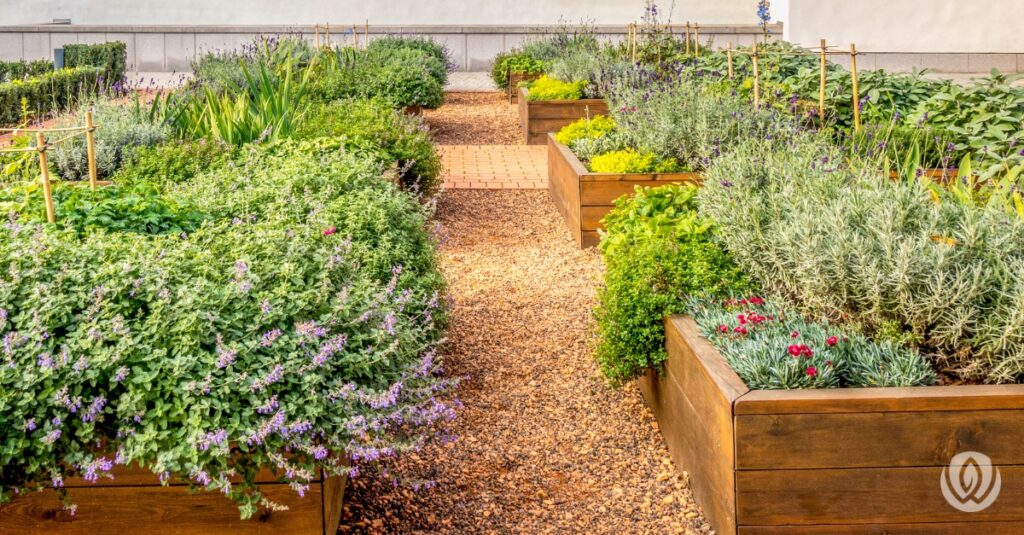
Raised garden beds are an excellent addition to any garden, offering benefits like improved drainage, better soil quality, and easier access for planting and maintenance.
Constructing these beds in the fall allows you to prepare for the next growing season, giving the soil time to settle and enrich before spring planting.
Raised beds can also extend your growing season by providing warmer soil conditions, making them perfect for fall crops like leafy greens and root vegetables.
Materials You’ll Need:
Pick a spot in your garden that receives plenty of sunlight. Most plants require at least 6-8 hours of direct sunlight daily.
Decide on the dimensions of your raised bed. A standard size is about 4 feet wide, which allows you to reach the center from either side without stepping on the soil. The length can vary based on your space and needs, but a 12-18 inches depth is usually sufficient for most plants.
Assemble your bed frame using your chosen materials. If you’re using wood, make sure it’s untreated or treated with a non-toxic preservative. Secure the corners with screws or nails, ensuring the frame is square and level.
Clear the area where the bed will be placed. You can either remove the grass or place the frame directly on the ground and line the bottom with landscape fabric to prevent weeds from growing through.
Fill your raised bed with a mixture of high-quality soil and compost. This combination will provide the nutrients your plants need to thrive. Level the soil, but don’t compact it too much, as you want to maintain good drainage and aeration.
Now that your raised bed is ready, you can plant fall crops like kale, spinach, and carrots. The raised bed’s warmer soil will give these plants a head start, allowing you to enjoy fresh produce well into the cooler months.
With these DIY fall gardening projects, you'll create a little slice of heaven right in your backyard. There's something magical about getting your hands dirty, breathing in that crisp fall air, and watching your vision come to life. It's good for the body, great for the mind, and awesome for the soul.
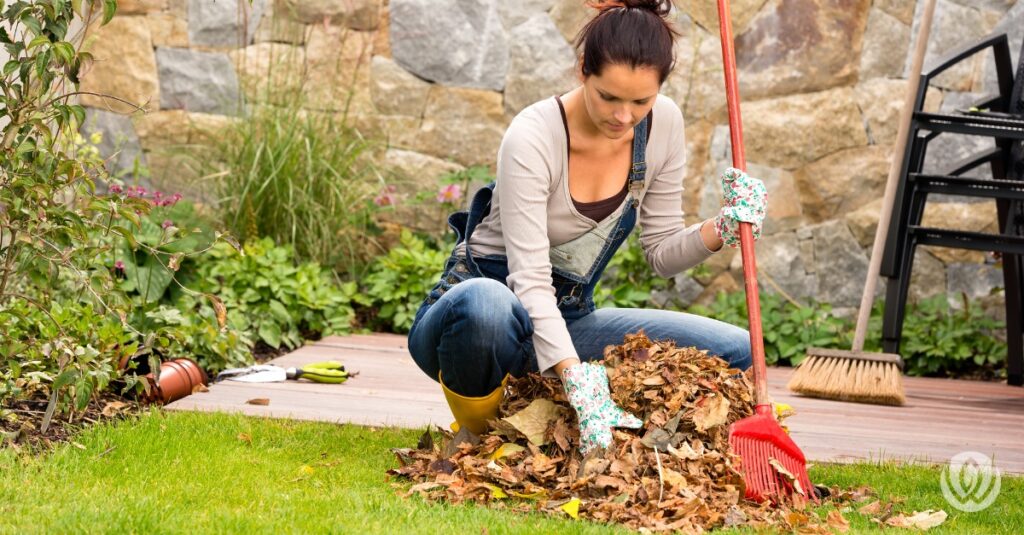
So what are you waiting for? Grab those tools, put on your favorite flannel, and get out there!
If you're looking at your yard thinking, "Uh, where do I even start?" —don't sweat it. That's where we come in. Here at LiveWell Outdoors, we're all about making your backyard dreams a reality.
Schedule a consultation today, and let's talk about how we can turn your outdoor space into something extraordinary.
"*" indicates required fields
